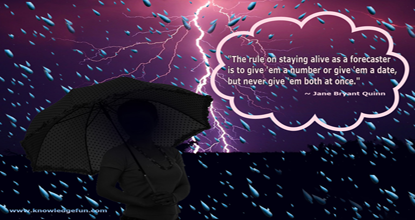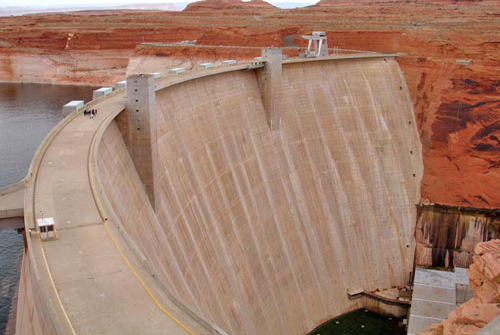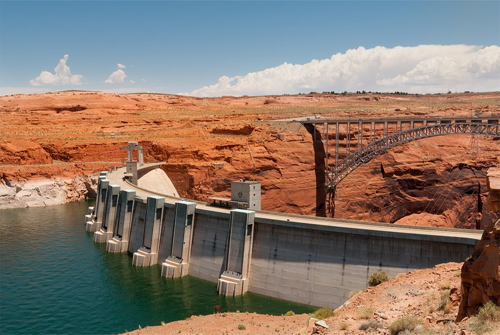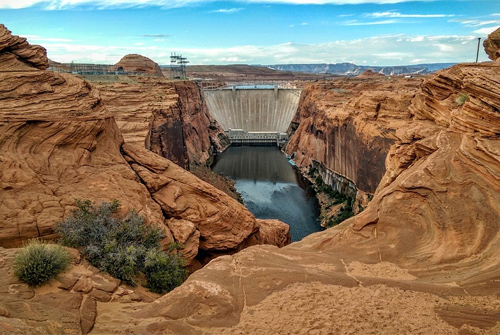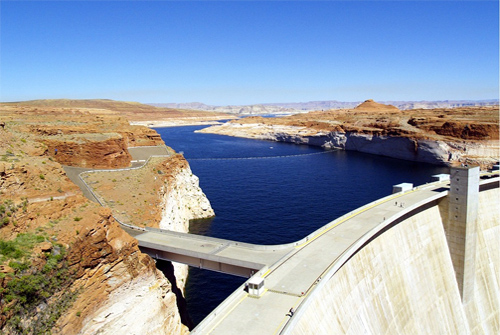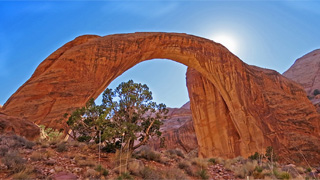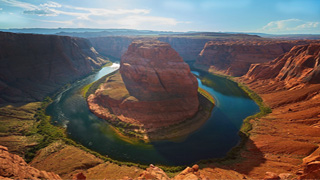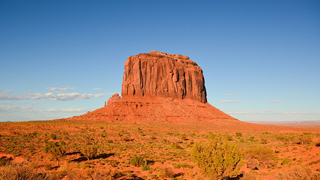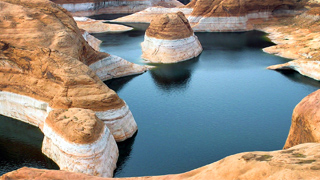Construction on Glen Canyon Dam began with a demolition blast keyed by the push of a button by President Dwight D. Eisenhower at his desk in the Oval Office on October 1, 1956. The first blast started clearing tunnels for water diversion.
Glen Canyon
Glen Canyon National Recreation Area was established in 1972, a dramatic example of one of nature's most inspired settings combined with an ambitious human project. The current Lake Powell lies above Glen Canyon, which was flooded by the Glen Canyon Dam, completed in 1966.
Glen Canyon National Recreation Area (shortened to Glen Canyon NRA or GCNRA) is a recreation and conservation unit of the National Park Service (USA) that encompasses the area around Lake Powell and lower Cataract Canyon in Utah and Arizona, covering 1,254,429 acres (5,076 km2) of mostly desert. The recreation area borders Capitol Reef National Park and Canyonlands National Park on the north, Grand Staircase-Escalante National Monument on the west, Vermilion Cliffs National Monument and the northeasternmost reaches of Grand Canyon National Park on the southwest, and the Navajo Indian Reservation on the southeast.
The stated purpose of Glen Canyon NRA is for recreation as well as preservation (whereas a national park may carry more emphasis on natural preservation). As such, the area has been developed for access to Lake Powell via 5 marinas, 4 camping grounds, two small airports, and houseboat rental concessions.
The southwestern end of Glen Canyon NRA in Arizona can be accessed via U.S. Route 89 and State Route 98. State Route 95 and State Route 276 lead to the northeastern end of the recreation area in Utah.
Related Links:
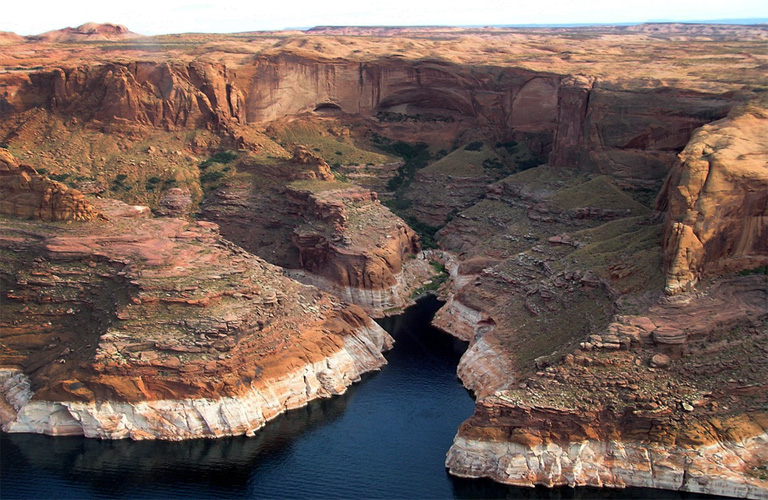
The Glen Canyon NRA was established in 1972 "to provide for public use and enjoyment and to preserve the area's scientific, historic, and scenic features."
"If you truly love nature, you will find beauty everywhere." ~ Vincent Van Gogh
:: Colorado River's Famous Horseshoe Bend ::
Horseshoe Bend is an awe-inspiring 270° horseshoe-shaped bend carved down, through the layers of sandstone, by the Colorado River.
Visitors can walk straight up to the edge of the rim and gaze down at the crystal blue-green Colorado River below.
The view of Horseshoe Bend from the barrier-free rim of the canyon is extraordinary.
The colors of the rocks change throughout the day, the shadows move in and out of the canyons, and as the river flows, it sparkles and shines in different shades of green and blue.
"Should you shield the canyons from the windstorms you would never see the true beauty of their carvings."
~ Elisabeth Kübler-Ross

